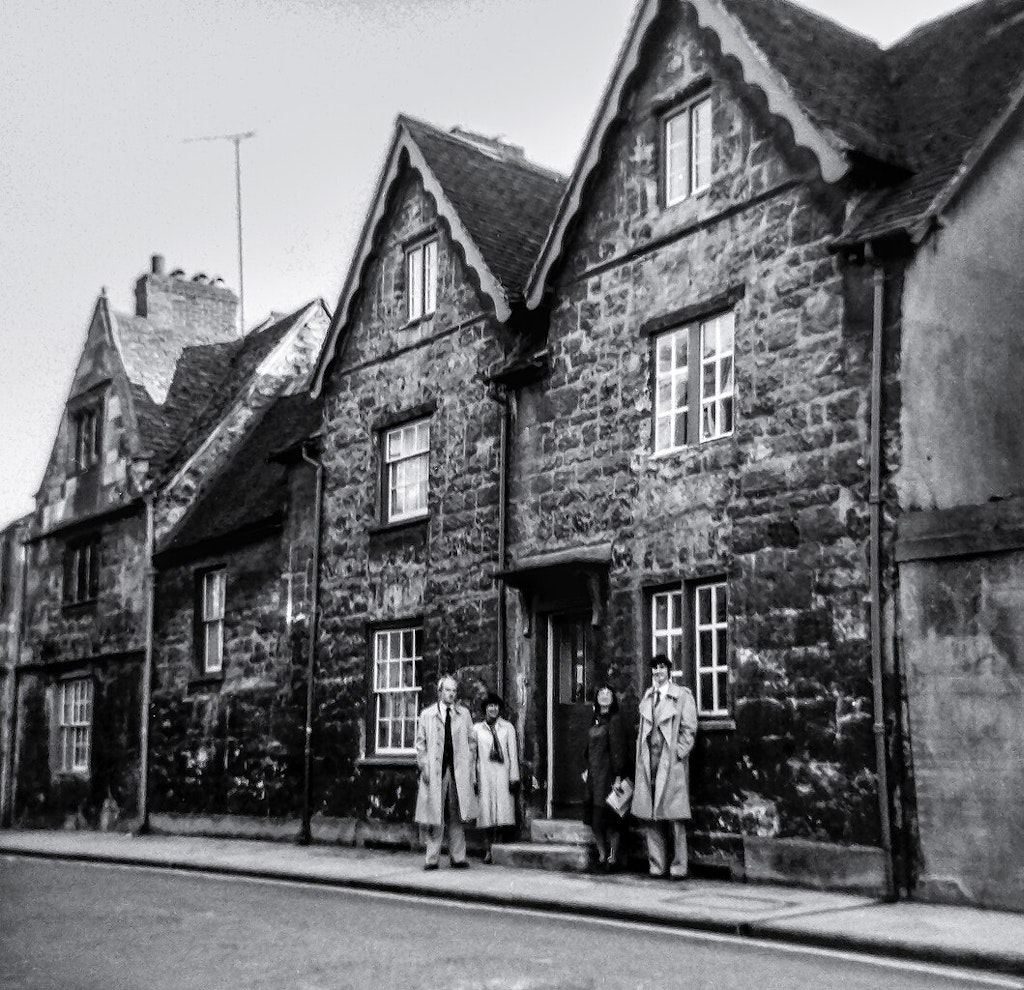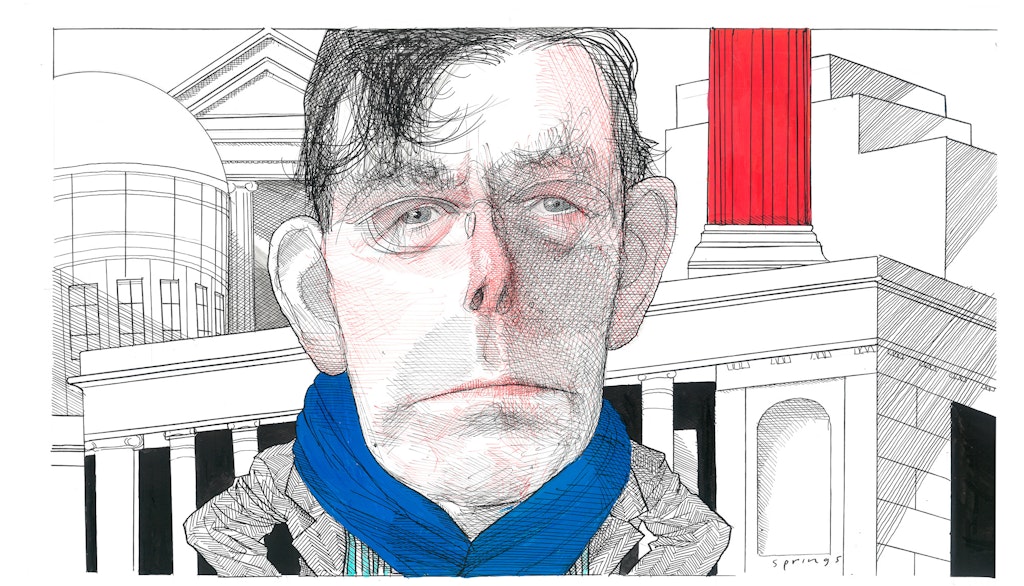The guns of Brixton
I listened to somebody shoot a man twice in the head
I was in the garden when I heard the gunshots. They don’t sound like fireworks, really, but you tell yourself that they must be fireworks because they couldn’t possibly be gunshots. After the slickness of television and film, the real version seems thin, hollow. A cheap special effect. On Wednesday June 2, the hottest day of the year thus far, at my fiancée’s Brixton flat I listened to somebody shoot a man in his mid 20s twice in the head. He had also been repeatedly stabbed. A 17-year-old was later arrested on suspicion of attempted murder. The wounds, apparently, are “life-changing”; a chilling, infinite phrase.
Outside the front of the building an “Unlicensed Music Event” was in full flow. Hundreds of people, mainly teens, had been spread across the patch of green on the corner of Moorland Road and Coldharbour Lane for most of the evening. Though this is not an unusual sight, these block parties are usually kept for the weekends. This was an especially large example, with the bottle-clutching, selfie-taking teens spilling out onto the building’s walkways, passages and car park. The atmosphere was that of a music festival.
The gunshots did not interfere with the party. The drunken schoolchildren continued to laugh and to dance and to film each other unperturbed, though they were certainly aware of the shooting that had just occurred, and of the bleeding man collapsed a matter of yards away. Almost exactly a year earlier there had been another shooting in more or less the same place. Then, too, my fiancée had dismissed the sounds as fireworks, though they did not sound like fireworks. One by one, police cars began to arrive, then an ambulance, then an armoured van. Officers interspersed amongst the crowd, mostly ignored.
Something has gone terribly wrong if you react with horror at the notion of the police attending a shooting
At some point something shifted. The police who had, up until then, been meandering aimlessly or standing passive by the crowd became tense and focused. Plainclothed officers in stab vests lead through the crush. In the centre of the festivities there was a tussle, the teenage gunman arrested. The mood of the crowd changed. Huge swathes were filming, the serried lights of their phones in the night like a scene from Black Mirror. Someone shouted “fuck the Feds”. People started pushing. Some kind of fight broke out with police around a lit barbecue. As the officers struggled to get the boy-gunman removed the crowd’s energy grew angrier, wilder. More police arrived to support, some with shields. As they tried to get the victim medical attention, the crowd started running at them, throwing rocks, bricks and glass bottles. The police retreated to defensive positions, the mob pursued, whooping and shouting.

On Twitter responses were initially triumphal. “Loooool police getting ran outta Coldharbour Lane … You can’t stop the hood baby!!” cackled an early commentator. Olivia Crellin, Head of Multimedia at openDemocracy, formerly of the BBC, said “Never seen so many police cars/vans (est. 35). Hear [from] police one person shot, and from young people in the area four shot, one in the head, with a shotgun. Hope police presence doesn’t escalate matters.” When pressed on this extraordinary sentiment, Crellin said “It’s a matter of proportionality. It doesn’t take tens of police officers to handle a matter like this and sometimes an overreaction can escalate matters — a lighter touch might be more effective and less problematic.”
Something has gone terribly, terribly wrong in a society that has trained people to react with horror at the notion of police presence in response to a shooting. In which a teenager attempts murder during a street party, and their peers don’t care so long as they can keep the music going. In which the police who stop them dancing and drinking at the crime scene are the “problematic” ones. In which it is right and proper to physically attack them for daring to do so. More than a year of American imported culture warring, and the mainstream glorifying of civil unrest, has normalised a world that never has to actually be experienced by most of the white, middle class keyboard warriors, corporate PR gurus and news pundits who have helped create it. A world where hundreds of people ignore the shooter and attack the police.
Black lives matter, but apparently not enough to stop the party and help
In Greenwich that same day men were filmed fighting in the open air with machetes, which are apparently the current fashion in the world of knife-crime. A little over a week earlier Sasha Johnson, the face of Black Lives Matter Oxford who has led the charge to have the police defunded, was also shot in the head at a crowded house party, this time in Peckham. She was not, apparently, the intended target, and the teenaged gang member allegedly responsible has been arrested and charged, caught within a couple of days using the very Stop and Search powers which Johnson has campaigned to end. Sasha Johnson is a mother of two, young, and more committed than most to community activism and the BLM cause. She remains hospitalised and under sedation, her condition critical. Her injuries, too, are “profound” and “life-changing”. Her mother is still begging for witnesses to come forward; not a single partygoer has yet offered to aid the investigation.
Back in Brixton, Police Support Units soon arrived and cleared the area with militaristic efficiency, recovering a revolver and a foot long machete. I went outside in the thick of it, the air electric with laughter and screaming, with weed and woodsmoke. It felt like a carnival in a warzone. As I passed one of the shield walls to go through the innards of the estate, I saw a group of about 20 young men scaling the wall onto the first floor of the building, climbing into people’s balconies as helicopters roared overhead. The bulk of residents here are in social housing. Many have families, children, babies; nowhere else to go that isn’t joining the mob outside. The wordless background roar of vehicles and police radios and shouting teens would have kept them awake well past midnight. They would all have heard the gunshots, and probably not for the first or last time. For now, the victim remains in hospital, forever changed, like Sasha Johnson. Black lives matter, but apparently not enough to stop the party and help.
Enjoying The Critic online? It's even better in print
Try five issues of Britain’s newest magazine for £10
Subscribe














